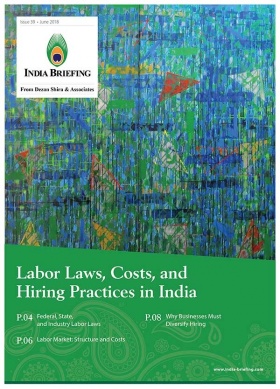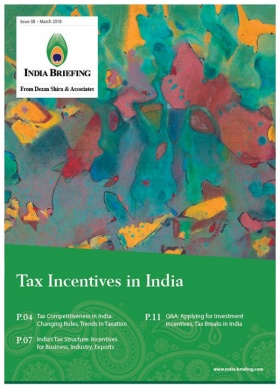Patent Renewal in India – Fee and Procedure
India’s Patent Act mandates patent holders to pay renewal or maintenance fee for keeping their patents in force for the entire term.
Like most countries, patents in India are granted for a period of 20 years from the date of filing of the application, and international filing date in case of the Patent Cooperation Treaty (PCT) National phase application.
The first renewal fee is payable before the expiration of the second year of the patent – which is essentially the start of the third year of the patent.
Subsequently, the renewal fee is paid before the expiration of the previous year of the patent. For example, the renewal fee for the 7th year would be payable before the expiration of the 6th year of the patent.
There is no separate form required for patent renewal. A patentee can directly pay the renewal fee by making a request to the controller of patent.
No fee is payable on patents of addition unless the original patent is revoked and the patent of addition is converted into an independent patent; renewal fee then becomes payable for the remainder of the term of the main patent.
A detailed structure of the patent fee renewal is given below.
In the case of non-renewal, the patent ceases to exist and is passed on to the public domain. This means that a patent holder cannot take legal actions against a third individual who exploits the benefits of the patent during the period when the patent stops to exist.
For those who fail to make the payment within the prescribed period, there are two ways to reinstate the patent – to request a six-month extension by paying a late fee, or to file for the restoration of the lapsed patent.
Late patent renewal fee
The late fee for six-month extension increases with each month after the patent has expired and depends on the type of entity that is holding the patent and the mode of payment.
- For individual owner, the prescribed late fee is Rs 480 (US$6.6) per month, and for e-filing, it is Rs 528 (US$7) per month;
- For a small entity, the prescribed late fee is 1,200 (US$16.5) per month, for e-filing it is Rs 1,320 (US$18) per month; and
- For a large entity, the prescribed late fee is Rs 2,400 (US$33) per month, for e-filing is Rs 2,640 (US$36) per month.
Restoration of lapsed patent
The restoration of the lapsed patent is a relatively complex, time-consuming, and expensive process.
To reinstate the patent, the holder must file form 15 within 18 months from the date when the patent expires. A one-month extension may be sought under the Patent Act, which is a discretionary power of the controller.
Along with the form, the applicant must also provide substantial evidence to prove that the non-payment of renewal fee was unintentional. The evidence may be in the form of a letter, copy of documents, or deed.
The information provided by the patent holder is then examined by the controller who decides whether the non-payment instance was genuine or unintentional.
Further, the restoration application can be opposed by any person interested, by filing form 14 along with the fee within two months from the date of publication of the application for restoration. In such a case, both the patentee and the opponent get an opportunity to be heard before the controller decides the case.
Claimants must note that the restoration of the lapsed patent is not always a given possibility on filling of the application.
About Us
India Briefing is produced by Dezan Shira & Associates. The firm assists foreign investors throughout Asia and maintains offices in China, Hong Kong, Indonesia, Singapore, Vietnam, and Russia.
Please contact india@dezshira.com or visit our website at www.dezshira.com.
- Previous Article How to Change Your Company’s Registered Office in India
- Next Article Aadhaar Card Update: India’s Supreme Court Verdict Explained











